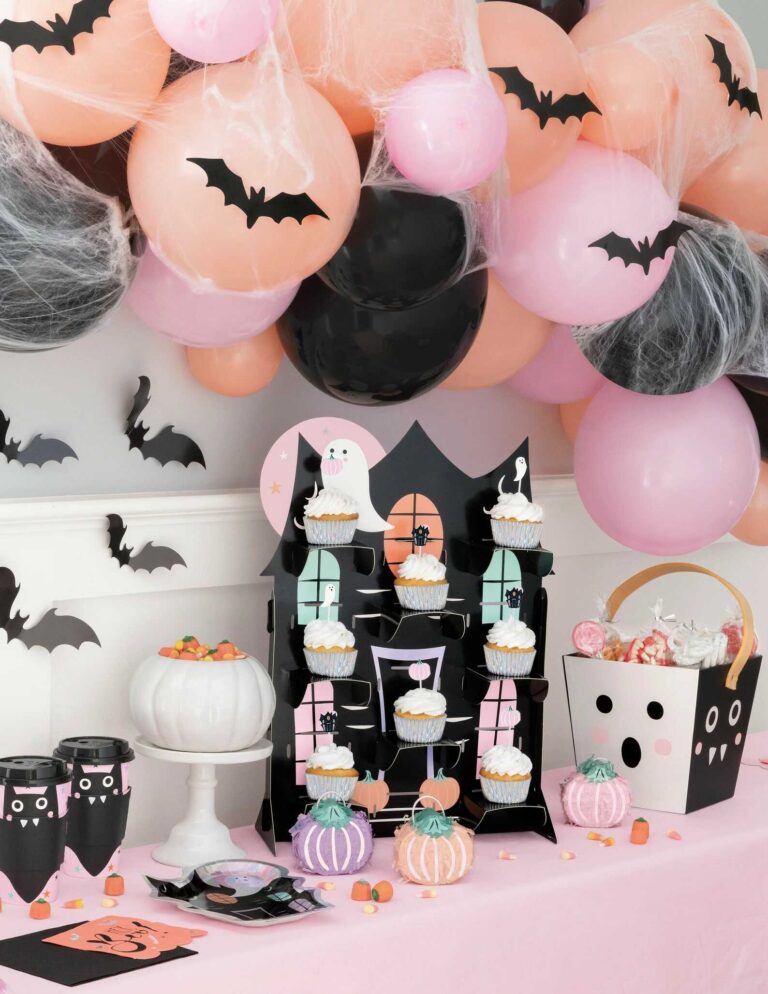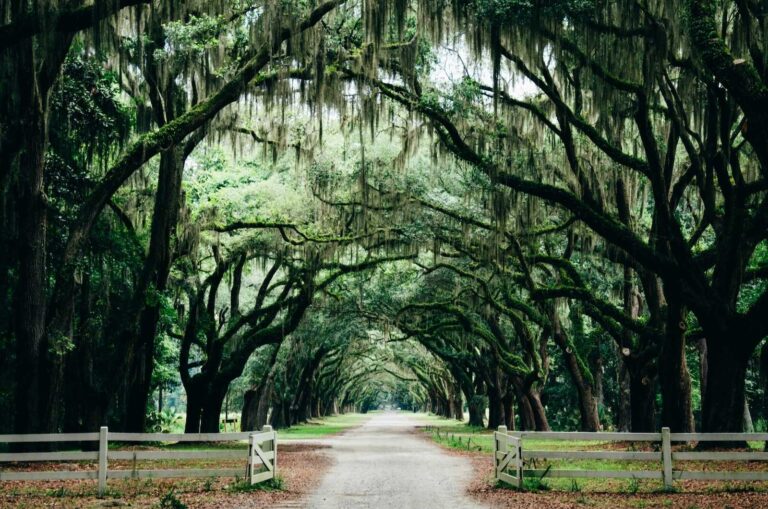Is The Nightmare Before Christmas a Halloween or Christmas Movie? Let the Debate Begin!
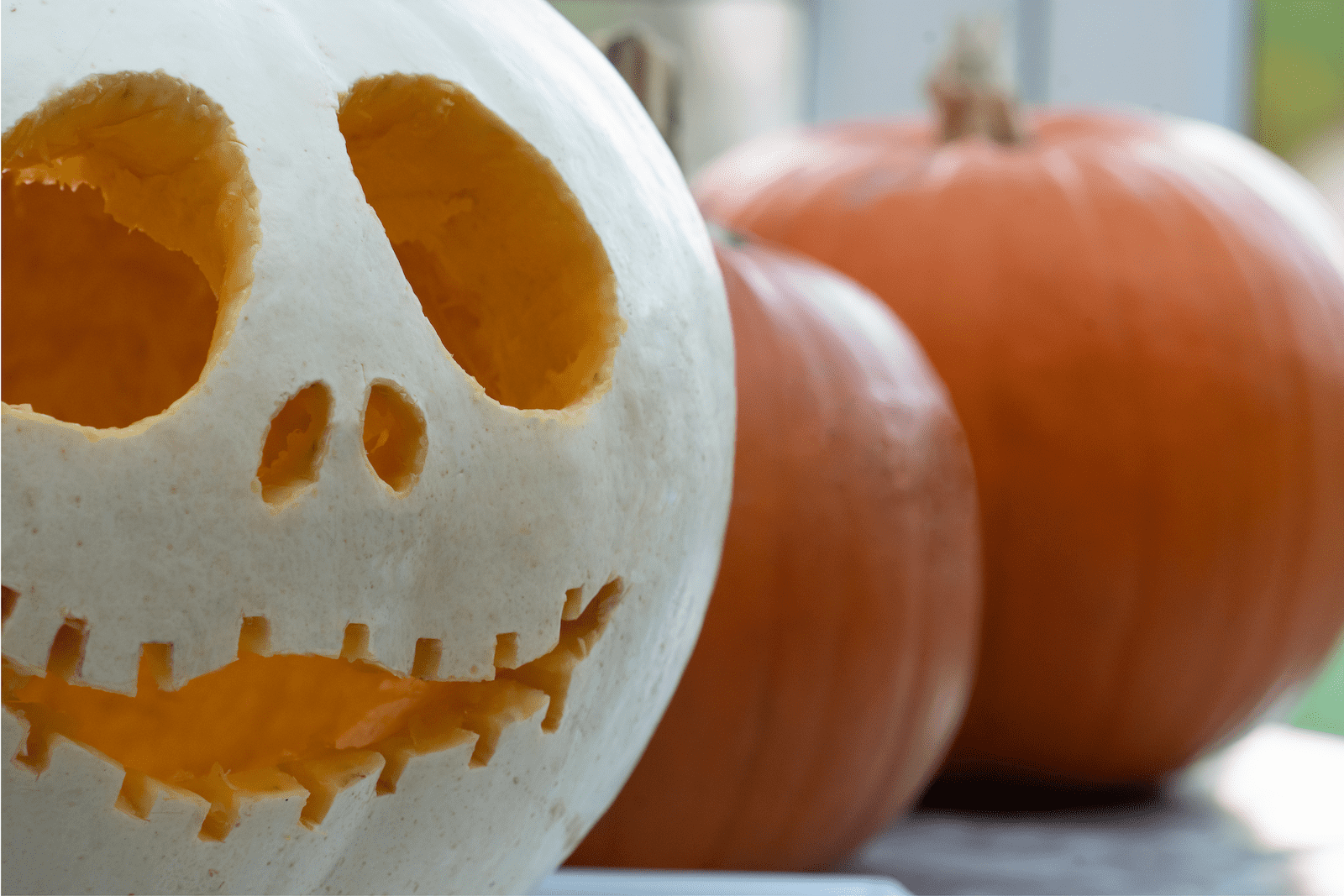
Few movies have sparked as much seasonal debate as Tim Burton’s The Nightmare Before Christmas. Since its release in 1993, fans have delighted in Jack Skellington’s spooky-yet-sweet journey from the dark corners of Halloween Town to the glittering magic of Christmas Town. But when it comes time to hit play each year, the same question bubbles up: Is this a Halloween movie or a Christmas movie?
Some viewers argue it’s a perfect watch for spooky season. Others say it’s not Christmas until Jack tries to deliver presents in his raggedy red suit. So who’s right? Is it a Halloween movie dressed up in tinsel, or a Christmas movie wearing skeleton makeup? Let’s break down the arguments for both sides—and make a case for why maybe, just maybe, it’s a bit of both.

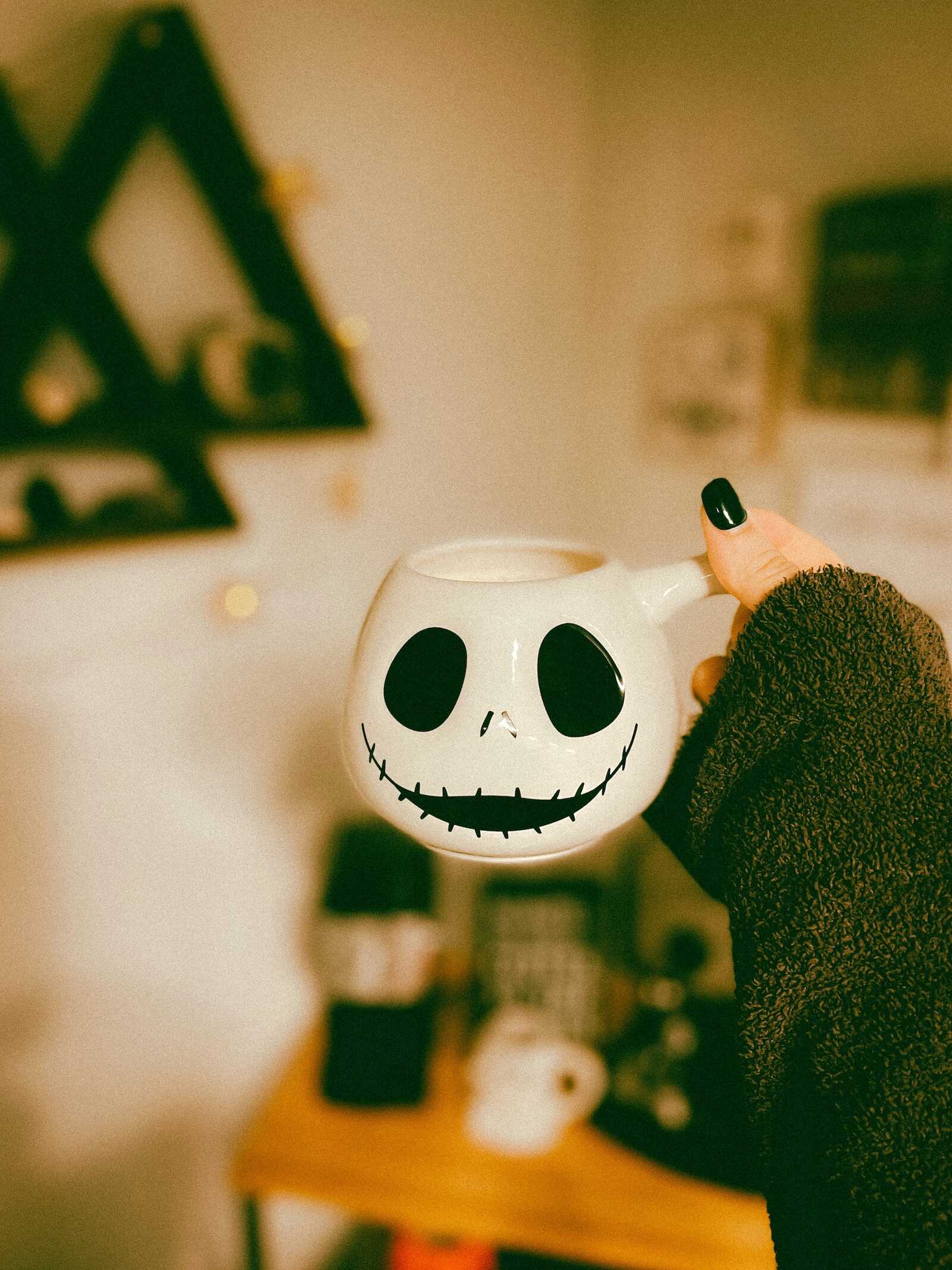
The Case for The Nightmare Before Christmas as a Halloween Movie
It Begins in Halloween Town
From the very first moment, the film immerses viewers in the world of Halloween. The iconic opening song, “This Is Halloween,” sets the tone with lyrics about vampires, ghosts, and monsters. We meet Jack Skellington, the Pumpkin King himself, fresh off another successful October 31st.
If a movie begins with pumpkins, skeletons, and frightful festivities, it makes sense to categorize it as a Halloween flick. Many fans argue that the tone is far more spooky than merry—and that’s what makes it so compelling to watch in the lead-up to October 31st.
Its Characters Are Halloween Icons
Let’s take a look at the cast: witches, werewolves, vampires, ghouls, a living ragdoll, a boogeyman named Oogie Boogie, and Jack Skellington himself—who is literally the embodiment of Halloween. There are no elves, reindeer, or rosy-cheeked Santas in sight until well into the second act.
The imagery is dark, gothic, and macabre. Even when Jack explores Christmas Town, it’s through the lens of someone who sees snowflakes and mistletoe with a mixture of awe and confusion. The film remains visually rooted in Halloween-style art and aesthetic.
It’s About Halloween Characters Learning About Christmas
The story focuses on Halloween Town’s characters discovering, imitating, and ultimately misinterpreting Christmas. Jack doesn’t fully understand what Christmas is or how it works—he just knows it gives him a warm, fuzzy feeling he’s never experienced before.
This perspective—outsiders trying to grasp the meaning of Christmas—makes the film more about Halloween characters than it does about the holiday they’re trying to recreate. In other words, it’s a Halloween-centric movie that dabbles in Christmas spirit, not the other way around.
Its Release Date Was in October
Disney released The Nightmare Before Christmas in theaters on October 13, 1993. That’s a strong hint as to how the studio viewed it: as a Halloween season film. It wasn’t marketed as a holiday movie to enjoy during the yuletide months, but as a spooky-but-family-friendly flick for October audiences.

The Case for The Nightmare Before Christmas as a Christmas Movie
The Plot Revolves Around Christmas
Even though the film starts in Halloween Town, the entire plot kicks off when Jack stumbles into Christmas Town. From that point on, everything he does is about learning what Christmas is, trying to recreate it, and ultimately discovering the true meaning of the holiday.
The movie is, at its heart, about someone yearning for joy, connection, and a new sense of purpose—all themes deeply rooted in the Christmas tradition. The entire conflict stems from Jack’s failed attempt to become “Sandy Claws” and the realization that Christmas cannot be faked or forced.
It Features Classic Christmas Imagery
While Halloween Town is filled with creepy crawlies, Christmas Town is a vision straight out of a snow globe. Candy canes, snowmen, carolers, twinkling lights, and bustling elves make Christmas Town feel like a Rankin/Bass stop-motion special brought to life.
And let’s not forget Santa Claus himself. He’s a central figure in the story, and his kidnapping, rescue, and eventual restoration to power all contribute to the traditional Christmas movie arc—where everything goes wrong but is magically set right by December 25th.
The Resolution Is All About Rediscovering Christmas Magic
In the film’s climax, Jack realizes he’s made a mess of things by trying to be someone he’s not. His attempt to hijack Christmas leads to chaos—but he learns to appreciate who he is and lets Christmas be Christmas again. In the end, Santa saves the day, snow falls on Halloween Town, and the characters get a taste of real holiday cheer.
That sense of redemption, forgiveness, and renewed purpose is central to the emotional payoff of most Christmas stories—from It’s a Wonderful Life to The Grinch. Jack’s epiphany fits perfectly into that lineage.
It’s a Staple of Holiday Streaming Playlists
Year after year, streaming platforms and TV channels include The Nightmare Before Christmas in their holiday movie lineups. Whether on Disney+, Freeform’s “25 Days of Christmas,” or Netflix’s curated holiday section, Jack Skellington often stands alongside Rudolph, Frosty, and Kevin McCallister.
That means many families associate it more with hot cocoa and holiday lights than jack-o’-lanterns and candy corn.
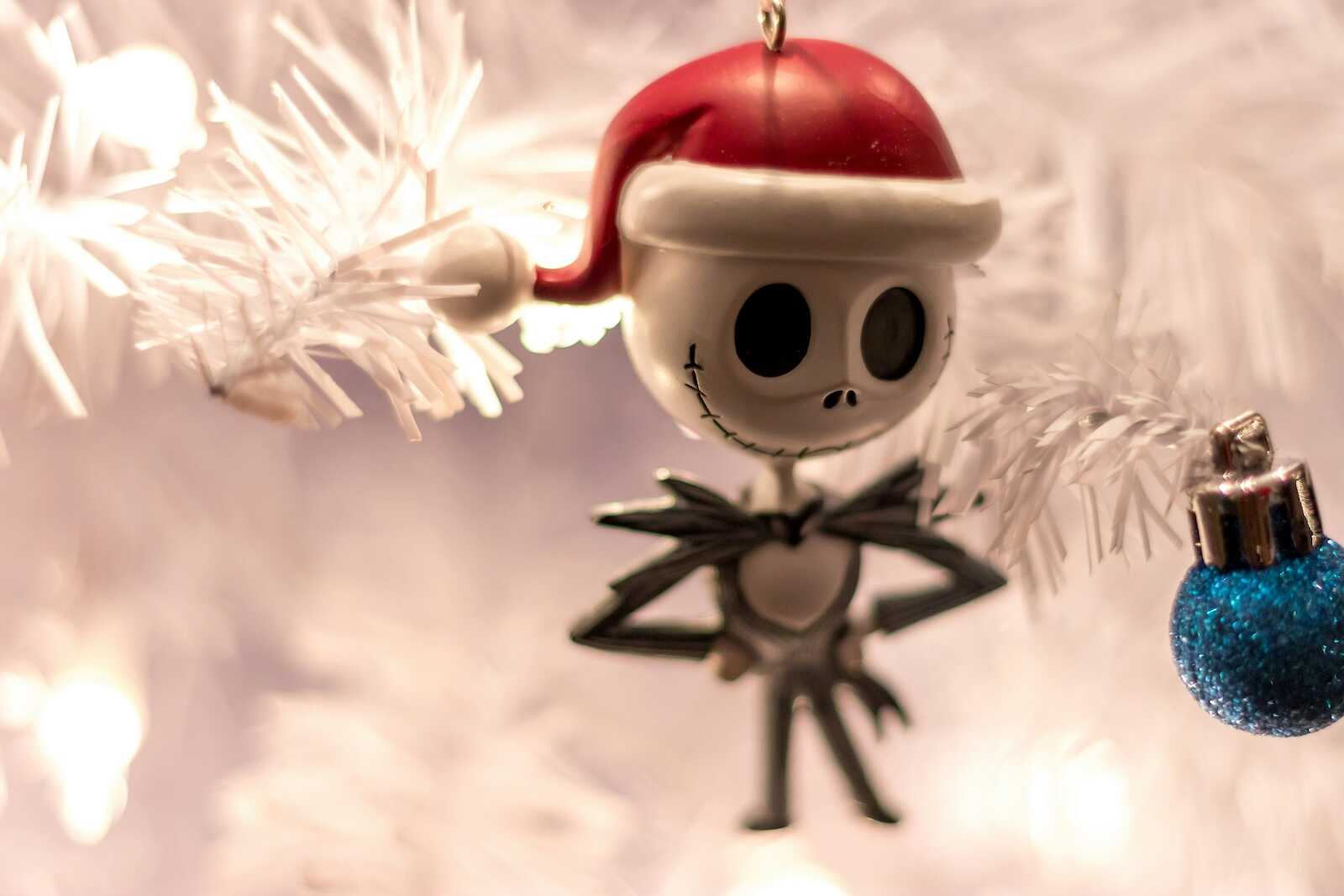
What Does the Creator Say?
Tim Burton, who came up with the original story and produced the film, has remained delightfully vague about its categorization. Director Henry Selick, however, weighed in more definitively.
In a 2015 interview, Selick said:
“It’s a Halloween movie. It’s about Halloween, and the people of Halloween Town, and how they react to something totally different.”
So if you want to go by the word of the director, there’s your answer. But that hasn’t stopped fans from adopting the film into their Christmas traditions—or Halloween ones. In fact, that crossover appeal may be what makes it so special.

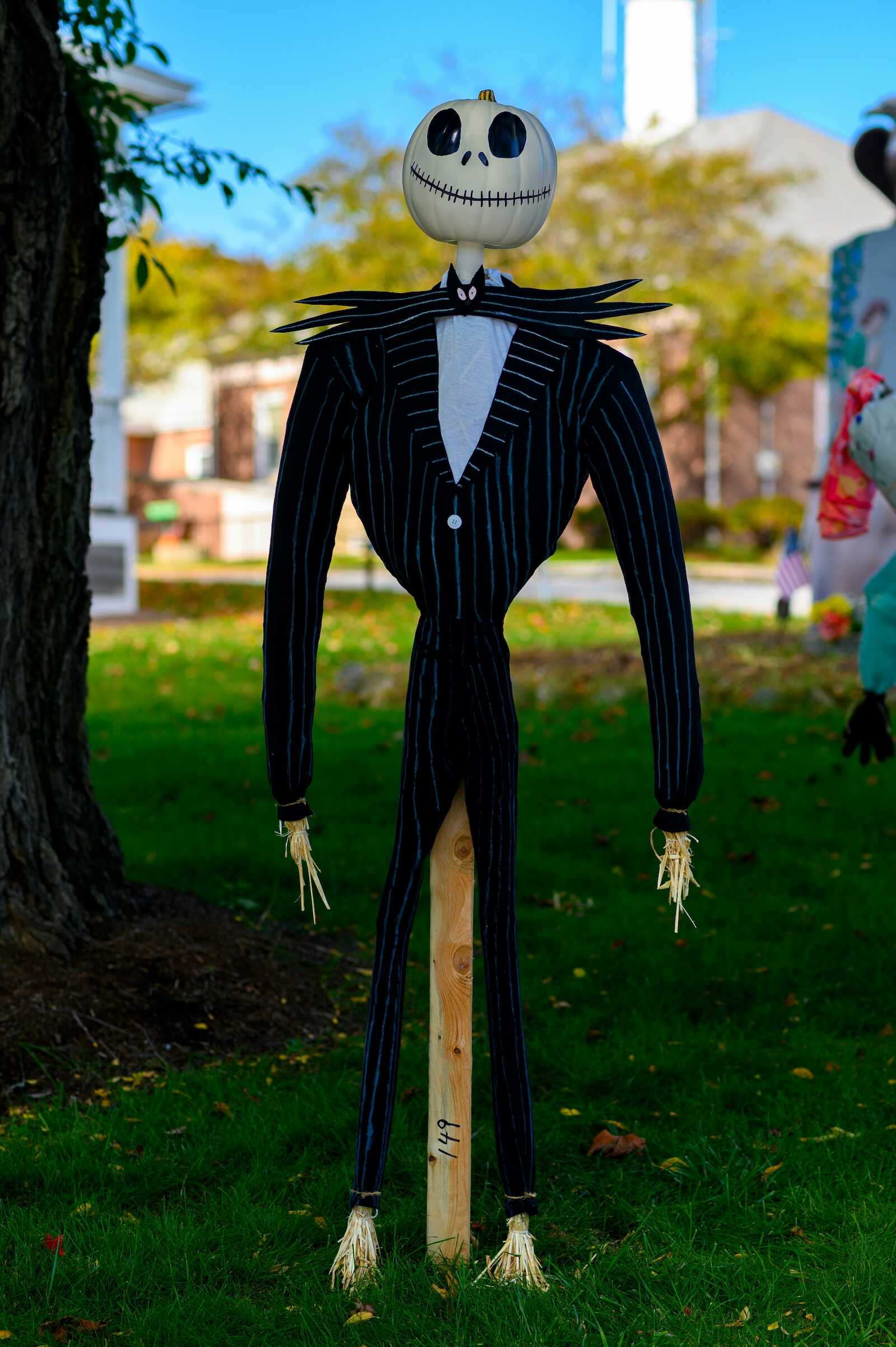
Why It Might Be Both
Let’s face it: The Nightmare Before Christmas is a cinematic chimera. It defies traditional genre labels, which is part of its charm. It’s one of the only films that seamlessly bridges the spooky and the merry.
Here’s why it works as both:
- Dual Holidays: It’s one of the rare movies that focuses explicitly on both Halloween and Christmas as holidays—not just as background themes, but as actual settings and plot points.
- Seasonal Transition: It feels right at home during that strange time between late October and early December when pumpkins and pine trees seem to coexist in stores and homes.
- Flexible Viewing Tradition: You can watch it for Halloween and again for Christmas—and it fits either time.
Some fans watch it on Halloween night as a fun segue into the winter season. Others save it for December as a spooky-but-safe alternative to the over-saturation of Hallmark cheer. Still others make a tradition of watching it twice a year, embracing its unique ability to span both sides of the calendar.
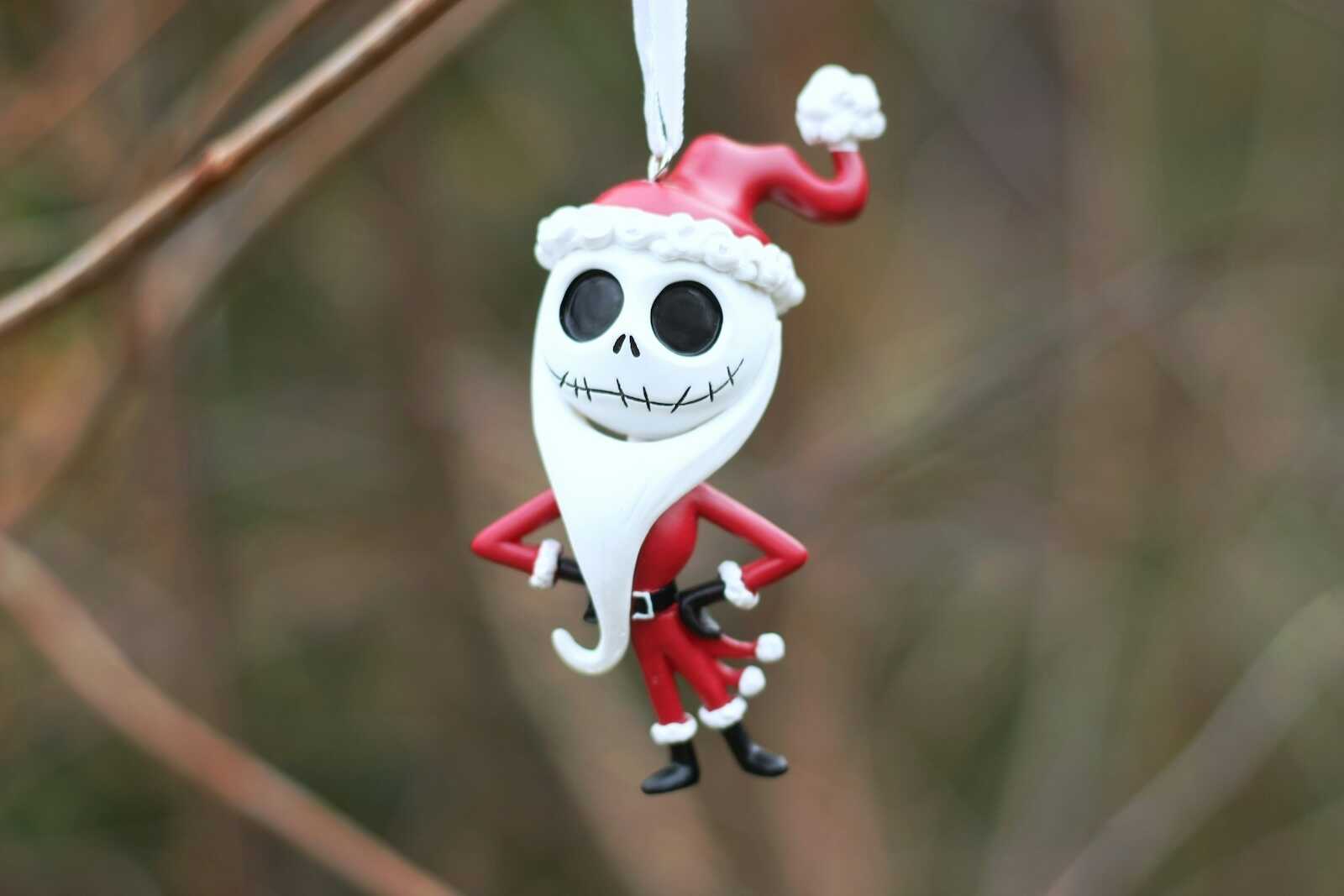
Verdict: Who Really Wins This Debate?
In the end, maybe the debate isn’t about choosing one holiday over the other. Maybe the real magic of The Nightmare Before Christmas lies in its refusal to be pinned down. It’s a film about feeling lost, finding joy in the unfamiliar, and learning to embrace your true self.
Jack isn’t trying to replace Halloween with Christmas—he’s trying to find meaning beyond what he already knows. That’s a deeply human quest, one that transcends holidays. So whether you watch it surrounded by pumpkins or pine trees, you’re honoring the spirit of the film.
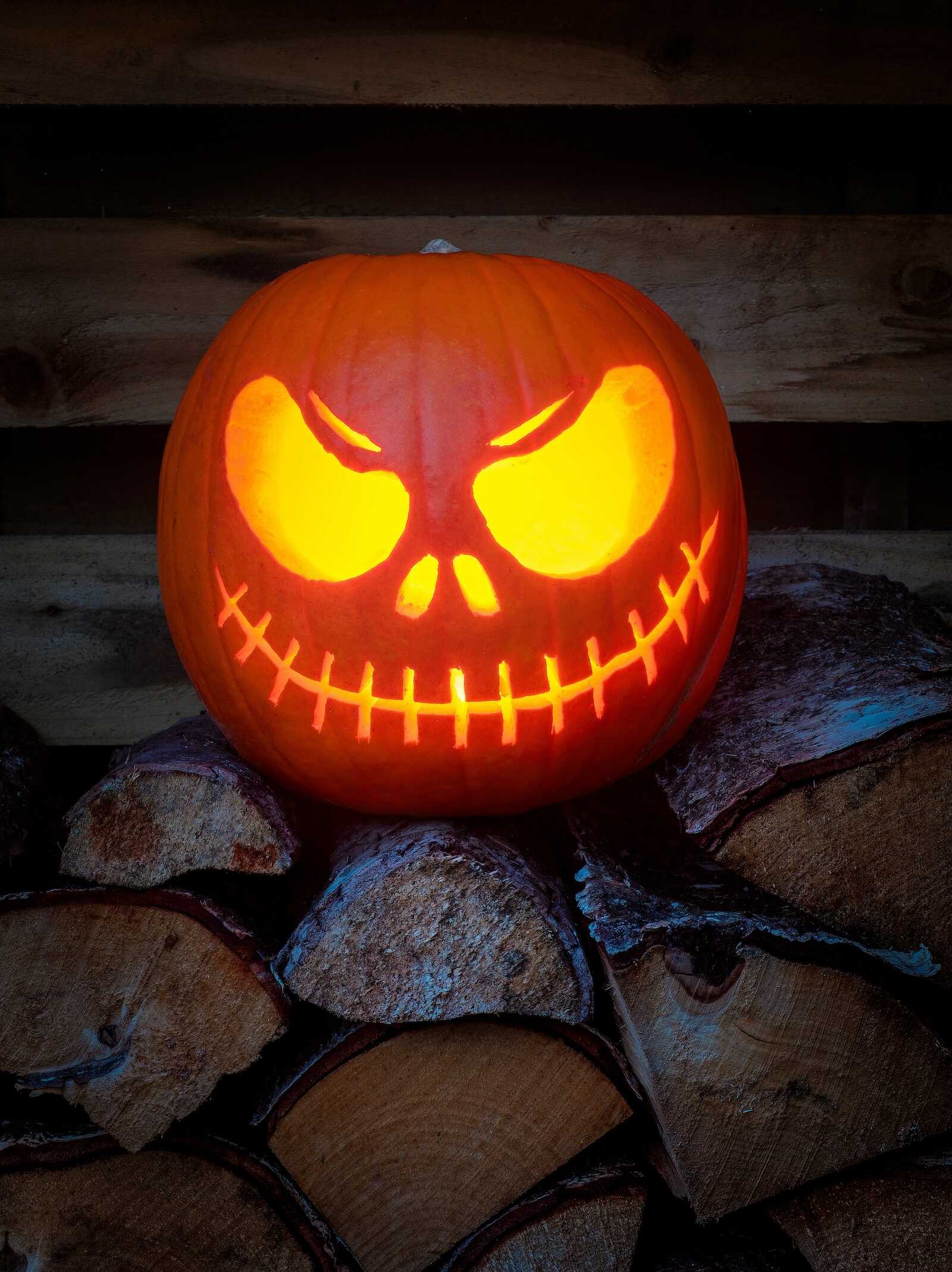

What Do Fans Think?
If you browse social media or ask friends, you’ll likely hear passionate opinions on both sides:
- “It starts with Halloween and ends with Christmas. It’s perfect for Thanksgiving weekend!”
- “I always watch it on October 31st—it’s the last spooky movie of the season!”
- “It’s our family’s Christmas Eve tradition—alongside Elf and Home Alone.”
- “We play it at our Halloween party every year. Jack is the Pumpkin King, after all!”
This enduring debate has become part of the fun. It’s not just about what holiday The Nightmare Before Christmas belongs to—it’s about how you choose to enjoy it.
Final Thoughts: Why Not Both?
In a world full of binaries, The Nightmare Before Christmas is a refreshing break from either-or thinking. It’s a gothic fairy tale, a festive musical, a dark comedy, and a heartwarming redemption arc all rolled into one.
So this year, don’t get caught up in choosing sides. Watch it in October and December. Embrace its weirdness, its whimsy, and its wonderful blend of creepy and cozy.
Whether you’re sipping cider or spiking the eggnog, Jack Skellington will be there to usher you into the holiday season—whatever that means to you.


